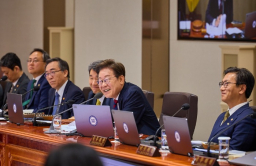-
KOSPI 2812.05 +41.21 +1.49%
-
KOSDAQ 756.23 +6.02 +0.80%
-
KOSPI200 376.54 +6.64 +1.80%
-
USD/KRW 1373 3.00 -0.22%
US monitors NPS, sovereign funds in expanded currency oversight
South Korea remains on the US watchlist of nine countries with current account and trading surpluses
By
14 HOURS AGO
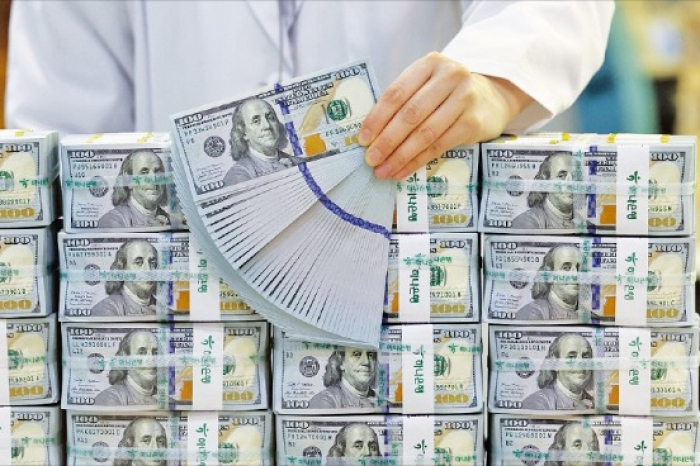
Washington will strengthen its monitoring of portfolio investments by pension and sovereign wealth funds of its trading partners as it broadens the scope of oversight to include their capital flow and macroprudential measures beyond direct market interventions.
The US Treasury warned it would employ other potential means to investigate any activities suspected of aiming to depreciate their currencies beyond foreign exchange market intervention.
“These means could include the inappropriate use of capital flow measures or macroprudential measures … or inappropriate activity by government investment vehicles apart from the central bank (such as pension funds or sovereign wealth funds) to target the exchange rate for competitive purposes,” the department said in the report.
The move comes as the US seeks to narrow trade deficits, which President Donald Trump blamed on the persistent weakness of its trading partners' currencies, allowing them to sell products at lower prices in the US.

According to the report based on the US treasury department's analysis for the October-December period, South Korea remains on the monitoring list of nine countries with current account and trading surpluses with the US. In December 2024, South Korea was put back on the list.
NATIONAL PENSION SERVICE'S ASSETS
Total foreign assets held by the NPS increased by around $46 billion over the four quarters through December 2024 from $413 billion to $470 billion, the US Treasury said.
With the NPS, the world’s No. 3 pension scheme, projected to double its assets to 3,500 trillion won ($2.4 trillion) by 2025, it is expected to increase dollar purchases to fund cross-border investments.
To mitigate its impact on the onshore forex market, the NPS tripled its advance foreign exchange purchase limit to $3 billion from $1 billion per month in September 2024. It also expanded its forex swap arrangement with the Bank of Korea (BOK) from $50 billion to $65 billion in December 2024.
Although the relaxation on the NPS’ forward dollar purchase limit and the swap agreement are aimed at shoring up the Korean currency, the fact that the US Treasury provided detailed accounts on the NPS suggests that it will intensifying monitoring of non-intervention foreign exchange activities, said forex market sources.

According to Washington, South Korea runs significant current account and trade surpluses with the US, but its currency has not appreciated much.
Domestic financial markets came under pressure following the impeachment of former President Yoon Suk Yeol, who was outsted in April by the Constitutional Court.
In 2024, the Korean won depreciated 12.6% to the dollar and 6.7% on a real effective basis in 2024, the US Treasury added.

South Korea’s goods and services trade balance with the world’s largest economy increased by $14 billion to $55 billion over the course of 2024, according to the US Treasury report.
Its current account surplus reached 5.3% of its gross domestic product in 2024, up from 1.8% in the year prior.
On Thursday, the won closed domestic trade at 1,358.4, a seven-month high amid expectations for economic stimulus measures under new President Lee Jae-Myung, who swore in on Wednesday.
Other countries on the US monitoring list for currency practices and macroeconomic policies include China, Japan, Taiwan, Singapore, Vietnam, Germany, Ireland and Switzerland.
Write to Yeonhee Kim at yhkim@hankyung.com
Jennifer Nicholson-Breen edited this article.
-
Jun 05, 2025 (Gmt+09:00)
-
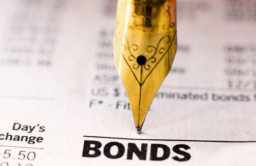 Foreign exchangeS.Korea plans $1.2 bn forex bond issue after presidential election
Foreign exchangeS.Korea plans $1.2 bn forex bond issue after presidential electionApr 21, 2025 (Gmt+09:00)
-
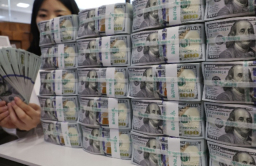 Foreign exchangeSouth Korea’s forex reserves dip to nearly 5-year low in February
Foreign exchangeSouth Korea’s forex reserves dip to nearly 5-year low in FebruaryMar 06, 2025 (Gmt+09:00)
-
Jan 27, 2025 (Gmt+09:00)
-
Jan 03, 2025 (Gmt+09:00)
-
 Foreign exchangeSouth Korea expands foreign banks' access to forex market
Foreign exchangeSouth Korea expands foreign banks' access to forex marketJan 03, 2025 (Gmt+09:00)
-
 Foreign exchangeKorea to relax FX rules by December to boost dollar selling
Foreign exchangeKorea to relax FX rules by December to boost dollar sellingDec 23, 2024 (Gmt+09:00)
-
Dec 20, 2024 (Gmt+09:00)
-
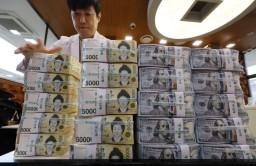 Foreign exchangeSouth Korea returns to US FX monitoring watchlist
Foreign exchangeSouth Korea returns to US FX monitoring watchlistNov 15, 2024 (Gmt+09:00)
-
 Sovereign bondsKorea to join FTSE Rusell bond index to attract $66 bn inflows
Sovereign bondsKorea to join FTSE Rusell bond index to attract $66 bn inflowsOct 09, 2024 (Gmt+09:00)
-
 Pension fundsKorea mulls tripling NPS' advance dollar funding limit
Pension fundsKorea mulls tripling NPS' advance dollar funding limitJul 16, 2024 (Gmt+09:00)
-
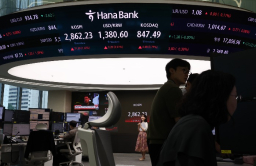 Foreign exchangeKorean won hits 15-year low in Q2 amid FX, economic uncertainty
Foreign exchangeKorean won hits 15-year low in Q2 amid FX, economic uncertaintyJul 07, 2024 (Gmt+09:00)
-
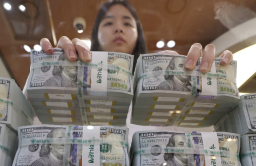 Foreign exchangeKorea FX authorities, NPS raise currency swap limit to $50 bn
Foreign exchangeKorea FX authorities, NPS raise currency swap limit to $50 bnJun 21, 2024 (Gmt+09:00)
-
Sep 25, 2023 (Gmt+09:00)
-
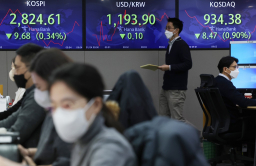 Foreign exchangeKorea to reform FX market to join MSCI developed markets
Foreign exchangeKorea to reform FX market to join MSCI developed marketsJan 25, 2022 (Gmt+09:00)
-
 Forex managementNPS to manage FX exposure via derivatives
Forex managementNPS to manage FX exposure via derivativesOct 30, 2020 (Gmt+09:00)


